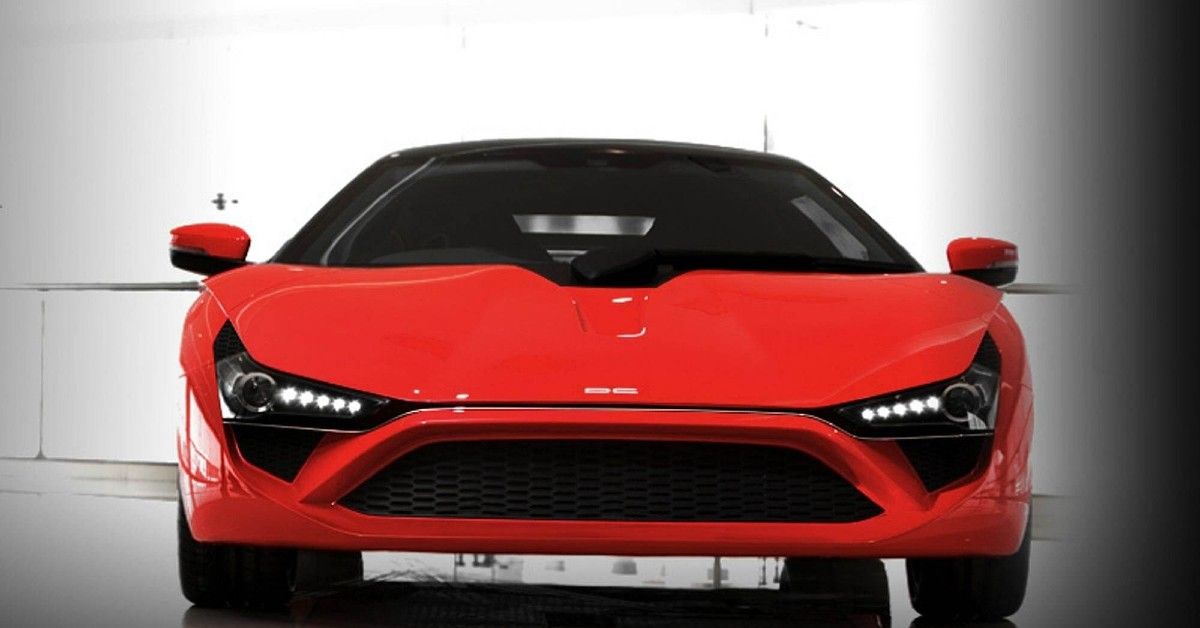
The DC Avanti: India’s First Sports Car
Table of Contents The Aggressive Body Design Of AvantiThe Car’s Classy Interior FittingsDC’s Powerful Engine
Table of Contents
The Avanti is the first sportscar born and bred in India, designed by the legendary automobile designer Dilip Chabbaria.
Avanti was designed and marketed by Chabbaria’s design company, DC. The sports car was named after the Studebaker Avanti of Studebaker Corporation, America, from the 60s. The DC Avanti made its first appearance in the Auto Expo 2012 and created a massive stir among automobile enthusiasts because of its stunning design and projected performance specs. DC started shipping the vehicle in 2015, and fifty of these sports cars were sold.
What the Avanti packed beneath its skin was unlike many other cars bred in India. Here’s a glimpse at what DC did differently with Avanti that made it secure a special spot in the hearts of automotive fanatics.
The Aggressive Body Design Of Avanti
In its first sports car, DC channeled all its experience in building concept cars and prototypes. It created a huge buzz when DC announced that the Avanti would feature a carbon fiber body, which was relatively common in sports cars overseas but was rather rare in the Indian automobile industry.
Despite having the genes of a sports car, Avanti offered impressive ground clearance, which made it suitable for Indian roads. Further, the vehicle weighed merely 3,439 pounds due to its carbon fiber body, which was only slightly more than the 2020 Toyota Supra 2-Door Coupe.
The overall design of the car was quite aggressive and had a striking road presence. The body of the vehicle was chiseled for maximum aero dynamicity and sat over 19-inch wheels coupled with Pirelli P-Zero tires. Both front and rear wheels were equipped with a Double Wishbone suspension.
Like many other cars in the sports genre, Avanti too had a space-frame chassis design with double wishbones at all four corners. These were installed to accommodate the massive 19-inch custom-designed wheels that featured a 255/35 profile at the front and a more comprehensive 295/30 profile at the back.
All the wheels were fitted with massive 330 mm disc brakes backed by AP Racing calipers as standard fittings, making Avanti stand in the same stature as the best sports cars in terms of braking power.
The car was available in seven bright colors like red, white, silver, blue, orange, grey, and yellow, making its sporty look more vibrant. The Bi-xenon LED DRL adjustable headlamps were fitted in the car to light up the road ahead. The rear spoiler, followed by air intakes, was placed on top of the car’s engine bay along with foils. The bonnet of this car was relatively long, with an angular dip at the center for emphasizing the DC logo.
The Car’s Classy Interior Fittings
Avanti’s driving console was equipped with a digital display that showed all engine-related information, including a tachometer, multi-trip meter, and a digital clock. The upholstery was made of fabric, and the doors, dashboard, and steering wheel featured donned leather finish.
The driver’s seat had an adjustable height setting, and both the seats offered plenty of head and legroom. In addition, an ample-spaced glove box was also fitted on the dashboard.
Despite the fact that the DC Avanti was the first one of its kind, it had impressive safety features that included an Anti Lock Braking System (ABS), Central Locking, Power Door Locks, Side Impact Beams, Front Impact Beams, and an Anti-Theft Device.
The car’s infotainment system consisted of an integrated 2-Din Audio system with a CD player, connected with front door speakers, and a touch screen panel.
DC’s Powerful Engine
The mighty Avanti was powered by a 2.0-liter 4-cylinder Ford engine with 16 valves which had already proven its worth in many Ford sedans and SUVs. The car’s engine was fitted between the rear wheels, making the car a midline engine sports coupe with rear-wheel drive.
Though the engine was not a V8 or V6, which was standard in most sports cars of its class, it was in no way less powerful. Owing to its intelligently engineered turbocharging and twin camshaft-operated valves with variable valve timing, it generated a roaring 310 horsepower coupled with 270 lb-ft of torque at 5,500 rpm. DC had also planned to install the vehicle with a 3.0-liter Honda V6 in the future models that would bleed 400 horsepower. However, such an engine was never equipped in the car.
The standard transmission system was a six-speed manual and an optional six-speed PowerShift dual-clutch gearbox. The car could accelerate from 0 to 62 mph in just 6 seconds with a top speed of 124 mph. As per the Automotive Research Association of India (ARAI), the car’s fuel economy was 6.2 miles for every liter, and the vehicle was shipped with a 60-liter fuel tank.
The efforts of DC were truly commendable because despite being a small automobile manufacturer, it crafted an Indian-bred sports car that created a buzz globally. The vehicle received tremendous appreciation from critics all over, and fifty DC Avantis were sold during its four years of production from 2012 to 2016. DC is set to launch Avanti’s Successor, which will be India’s first electric sports car. The prototype of this was unveiled at the 2018 Auto Expo, and it is expected to rule the streets by 2022.
